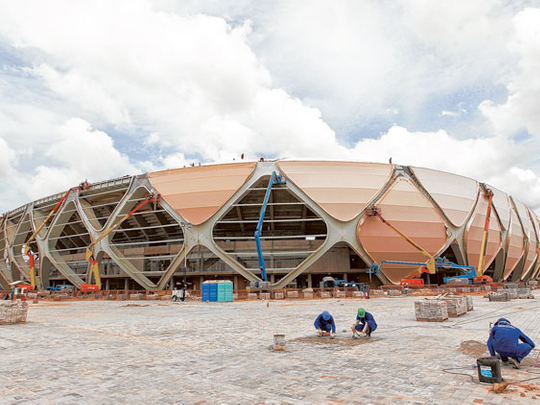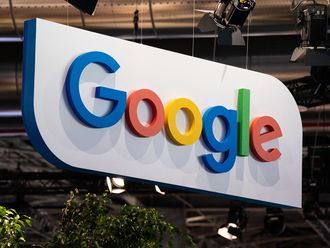
With less than 150 days to go for the World Cup in Brazil, international television broadcasters are revising their plans for coverage of the showpiece event due to the high rates at hotels and short-term office rentals. Some are even considering giving up on settling teams in the country during the duration of the World Cup.
For instance, the Japanese national team has to play in Natal (in the north) and then head to Cuiaba (in the middle of the country) within four days. For broadcasters, traversing such distances and utilising advanced facilities will inflate their costs.
Language is going to be another problem. In Brazil, rates for English translators are exorbitant.
If all these were not enough, TV professionals are jacking up their asking rates. During the ceremony for the World Cup draw, camera operators in the north of the country, who usually charge around 150 Brazilian real (Dh233.60) a day, started asking for 600 reals. Even Brazilian TV stations had to pay more for their services.
If international broadcasting deals are yet to be finalised for the event, its marketing has already brought in the mega brands. Coca-Cola is the official Fifa partner for the upcoming World Cup and has extended the sponsorship until the 2022 event in Qatar. This year Coca-Cola will release miniature cans with representative colours of the teams at the World Cup. Pepsi announced that it will use soccer players faces on their cans.
The fight for maximum visibility promises to be strong. Fifa’s partners are said to have disbursed about $150 million (Dh551 million) to participate in the tournament. Some of the sponsorship deals include those for Fly Emirates, Sadia, Adidas, Nike, Visa and Volkswagen.












